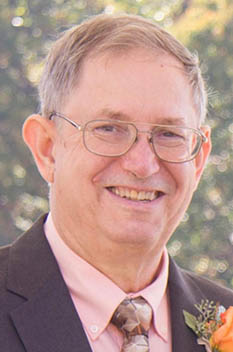Opinion — Creating paths for opportunity
Published 7:19 pm Saturday, October 23, 2021
|
Getting your Trinity Audio player ready...
|
The United States has been called a land of opportunity, a place where all people have the chance to increase their income, improve their circumstances and pursue happiness. History paints a more complex picture. Socioeconomic studies find that the conditions required to pursue opportunities are unevenly distributed.
Factors such as unequal access to quality education, disparities in family wealth and insufficiently robust social connections contribute to dissimilar outcomes. Furthermore, living in poverty undermines security and thwarts optimism. A few years ago, researchers at the census bureau, Harvard University and Brown University discovered that the neighborhood in which a child grows up has a significant impact on future earnings, incarceration rates and other adult outcomes.
Persistent, multigenerational poverty has had an especially devastating effect in minority communities. At the same time, people with higher incomes are able to live in neighborhoods with more resources and accrue socioeconomic advantages. These diverging trends, rooted in resource availability, contribute to an ever-widening gap between segments of society. This in turn disrupts our national unity and hampers our prosperity.
For opportunities to lead to widespread benefits, they need to open doors for everyone. The word “opportunity” itself incorporates the word “unity,” underscoring the need to join hands and work together toward common goals.
With these thoughts in mind, the Virginia Community College System set out to consider the steps needed to attain equitable outcomes. The resulting strategy is called “Opportunity 2027.” Adopted earlier this year, the strategic plan provides a six-year blueprint that will guide Virginia’s community colleges into the future. The action-oriented design provides a detailed roadmap ensuring that “Virginia’s Community Colleges will achieve equity in access, learning outcomes and success for students from every race, ethnicity, gender and socioeconomic group.”
The initiative seeks to remove equity gaps among students of color and ALICE students (Asset Limited, Income Constrained, Employed), a population that faces chronic financial instability and struggles to meet basic needs. To accomplish this, the plan establishes five target goals. These include communicating the importance of equity in securing Virginia’s future talent pipeline, improving the quality and diversity among community college faculty and staff members, ensuring a culture of care that meets the needs of a diverse student population, matching instruction to what is needed for 21st century careers and keeping education affordable.
Southside Virginia Community College has already begun taking steps. We are expanding training for in-demand career pathways, pursuing options for granting prior-learning credits, embedding valued stackable credentials into programs, braiding credit and non-credit instruction and pursuing local options for internships and apprenticeships. In addition, we are working to ensure that we employ faculty, staff and administrators able to stand as role models and help our students envision themselves in future leadership positions.
My colleague John Downey, president of Blue Ridge Community College, summed it up nicely when he said, “Achieving our mission and recognizing that every citizen of the commonwealth needs the opportunity to succeed will really help us improve the lives not only of individuals, but the communities where they live.”
“Opportunity 2027” establishes objectives and adopts metrics to monitor and document progress so colleges can see exactly how well they are doing in closing equity gaps based on race or ethnicity, gender and socioeconomic condition. At SVCC, we are proud to be in the forefront of this important work.
Dr. Quentin R. Johnson is president of Southside Virginia Community College, an institution of higher learning that provides a wide variety of education opportunities to a diverse student population within a service area that spans 10 counties and the City of Emporia. He can be reached via email at quentin.johnson@southside.edu.



